Myocardial infarction is a condition in which heart muscle ischemia occurs. Insufficient oxygen and blood supply to the heart muscle can cause necrosis. A heart attack can be of varying severity depending on the damage. The walls of the arteries may die wholly or partially. It is possible to recognize symptoms before and during a heart attack. Implementing appropriate treatment to reduce the risk of further heart attacks is also effective.
Heart attack is one of the cardiovascular diseases![]() . Various factors increase the risk of it. Cardiovascular diseases affect the organ that is heart and the entire circulatory system. They are very dangerous conditions, so it is essential to identify and treat them early. Many diseases can cause a heart attack. Cardiac diseases at risk of heart attack include:
. Various factors increase the risk of it. Cardiovascular diseases affect the organ that is heart and the entire circulatory system. They are very dangerous conditions, so it is essential to identify and treat them early. Many diseases can cause a heart attack. Cardiac diseases at risk of heart attack include:
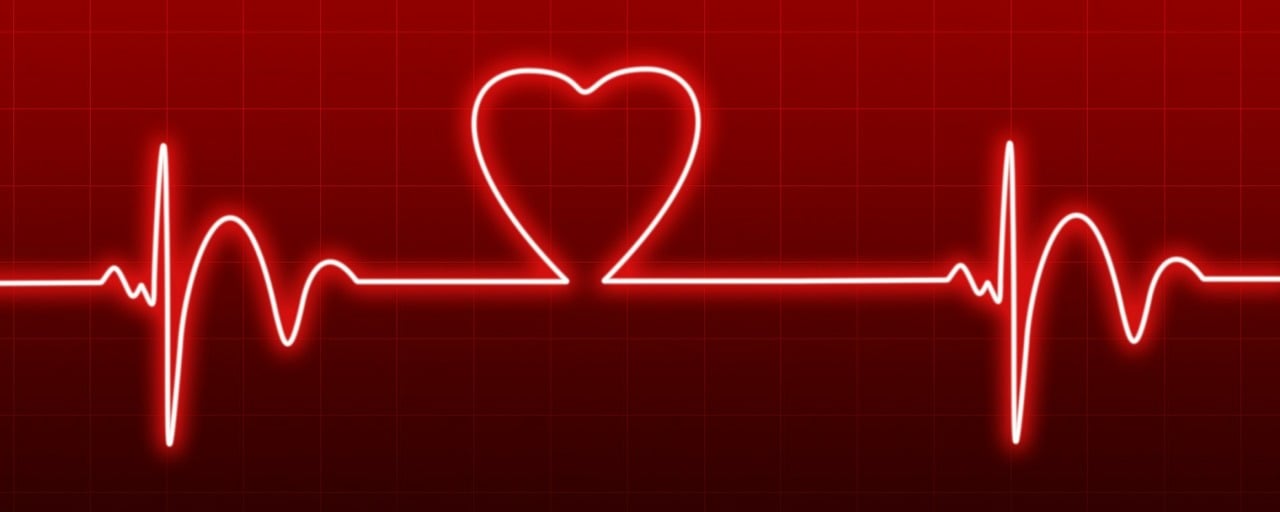
Most often, coronary artery disease is the greatest risk of heart attack. Heart attack is a typical consequence of these untreated diseases.
Coronary artery disease – is closely related to heart attack. This disease entity proceeds as follows: lesions in the coronary arteries cause the heart muscle to become ischemic and hypoxic. Untreated ischemic heart disease can lead to the heart attack. The signs of coronary artery disease include the symptoms associated with a heart attack.
Atherosclerosis – the most common cause of a heart attack is the closure of an artery by atherosclerotic plaque. Fatty deposits are deposited in the arteries. Fatty deposits contain cholesterol, so elevated cholesterol levels often cause atherosclerosis. So the disease causes heart attacks. Atherosclerosis is classified as a chronic disease. It is affecting the whole body. It develops over the years, systematically reducing fitness and leading to ischemic diseases.
An unhealthy lifestyle can also affect the possibility of developing cardiovascular diseases. Lack of physical activity and a poor diet can also lead to a heart attack. When there are visible cardiac symptoms, we often deal with an advanced character of the disease, which requires intervention and treatment implementation.
The immediate causes of myocardial infarction indicate the source of its occurrence. Interruption of blood flow can result from various reactions of the body. Understanding the mechanism of a heart attack makes it easier to determine the specific cause and thus implement appropriate treatment. Direct causes include:
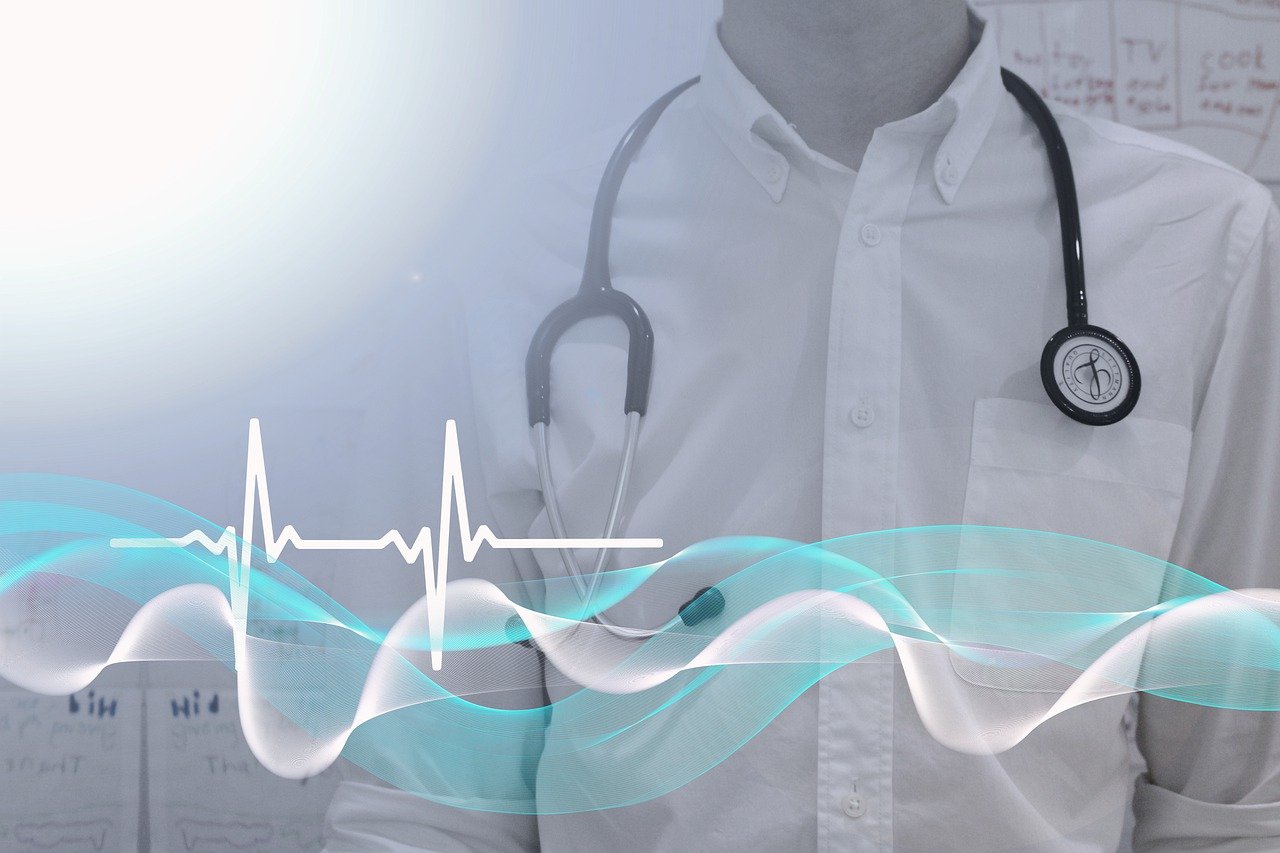
A heart attack is usually the result of the rupture of an atherosclerotic plaque. A thrombus forms around the plaque, blocking blood flow to the heart muscle when the plaque ruptures. Sometimes a heart attack occurs, and although the atherosclerotic plaque does not rupture. Growing over a long-term period, it leads to an extensive vessel narrowing.
In rarer cases, heart attacks are associated with inadequate oxygenation. As a result, it results in ischemia. Therefore, cardiac arrhythmias and different cardiac problems can also be the cause.
Symptoms suggesting a suspected myocardial infarction are an absolute indication to call for medical help. The most characteristic symptom of a heart attack is chest pain. Some early symptoms may also precede the onset of a heart attack – which allows you to call for help more quickly.
In contrast, some symptoms may be nonspecific, which makes diagnosis difficult. This is especially true in women. For a long-term, heart attack symptoms were described as equal for men and women. But women are more likely to experience nonspecific symptoms. Because of it, they underestimate the disease, which can be dangerous.
In the context of a heart attack, there is also talk of symptoms preceding its occurrence. It is known as the pre-infarction state. It is the moment when too little blood is supplied to the heart, which causes disorders in its functioning. A heart attack can therefore be predicted when a patient recognizes the symptoms of a pre-infarction state.
Pre-infarction often manifests during physical exertion but can also occur at rest. It more often affects people in their forties, although due to the problem of obesity, pre-infarction state, and heart attack are increasingly affecting young people in their twenties.
Symptoms of a heart attack in most patients occur suddenly and quickly. But it is worth remembering that sometimes a heart attack passes in a low-intensity manner, making it more challenging to recognize. Symptoms then may seem thus mild and short-lived that they are often ignored or underestimated.
The characteristic symptom of a heart attack is sudden and very severe pain in the chest![]() . This pain experience cannot be associated with physical exertion. It can happen that a heart attack occurs without pain. It is accompanied by anxiety and confusion.
. This pain experience cannot be associated with physical exertion. It can happen that a heart attack occurs without pain. It is accompanied by anxiety and confusion.
The heart rate![]() may also speed up, and the skin becomes pale. Often additional symptoms include dizziness
may also speed up, and the skin becomes pale. Often additional symptoms include dizziness![]() , which can cause fainting. If symptoms indicative of a heart attack are recognized, medical help should be called as soon as possible.
, which can cause fainting. If symptoms indicative of a heart attack are recognized, medical help should be called as soon as possible.
As we mentioned, heart attack symptoms in women are sometimes uncharacteristic. Because of it, it is more difficult to recognize the experienced condition as a heart attack. Especially if one has never experienced it before.
Therefore, it is essential to educate yourself about the variety of symptoms experienced to recognize a heart attack and not adequately underestimate a situation that can be dangerous to your health. A direct risk factor is the decline in estrogen levels, so post-menopausal women are at risk for heart attacks.
The early symptoms preceding a heart attack can also be different. Pre-myocardial infarction conditions in women are harder to diagnose because they manifest unusually. The symptoms may resemble other conditions, so they are often ignored. Symptoms of pre-infarction state in women belong to:
Women often ignore these symptoms or attribute them to different causes. Early signs of a heart attack in women may resemble menstrual symptoms or symptoms of pregnancy. It is characteristic that stomach pains![]() do not pass after taking painkillers.
do not pass after taking painkillers.

There are many female patients who find out about their heart attacks by accident. That is why a heart attack in women poses a considerable risk. Their prognosis is much worse than that of men. The pain symptom of myocardial infarction in women can be experienced quite differently. General symptoms of a heart attack in women include:
Women also experience characteristic chest pain, but the difference is that women experience and describe this type of pain differently than men. Men notice an unpleasant stabbing symptom in the heart.
Conversely, women are more likely to experience this pain in intense cramps and squeezes![]() in the heart area. It can assume various levels of severity or not appear at all. Women often do not identify this symptom as pain but as a feeling of immense discomfort.
in the heart area. It can assume various levels of severity or not appear at all. Women often do not identify this symptom as pain but as a feeling of immense discomfort.
In contrast, shoulder, back, neck, or jaw pain![]() is more common than in men. This pain is also not sudden and paroxysmal and may gradually increase. A characteristic symptom of a heart attack in women is abdominal pain
is more common than in men. This pain is also not sudden and paroxysmal and may gradually increase. A characteristic symptom of a heart attack in women is abdominal pain![]() . They may resemble food poisoning or heartburn. It is also sometimes confused with stomach ulcers.
. They may resemble food poisoning or heartburn. It is also sometimes confused with stomach ulcers.
One of the most underestimated symptoms is hot flashes. During menopause, they can be misinterpreted. In addition to feeling hot, there may be cold sweats![]() , resembling sweating during stress.
, resembling sweating during stress.
The occurrence of a heart attack is always an indication for treatment. Time is of the essence in treating a heart attack. It significantly affects the patient's health. It minimizes the risk of complications and death. Pharmacological![]() and other treatment methods
and other treatment methods![]() are used. Treatment of myocardial infarction is mainly based on obstruction of the coronary artery. Clot buildup and enlargement of necrosis are prevented.
are used. Treatment of myocardial infarction is mainly based on obstruction of the coronary artery. Clot buildup and enlargement of necrosis are prevented.
Treatment begins after the first signs of infarction are noticed. Medical help should then be summoned. Delay can end tragically – dangerous complications or death of the patient. Treatment of a heart attack initially takes place in a hospital setting. Pre-hospital treatment of a heart attack in a patient who has suffered a cardiac arrest involves resuscitative measures.
The unconscious patient is given oxygen. As well as pharmacological agents, to prevent the formation of blood clots. In addition, painkillers![]() are administered. While the patient is in the hospital, doctors recommend the appropriate character of therapy. However, treating a heart attack does not end when the patient is discharged.
are administered. While the patient is in the hospital, doctors recommend the appropriate character of therapy. However, treating a heart attack does not end when the patient is discharged.
Other medicines are continued to reduce the effects. In post-myocardial infarction treatment, a lot also depends on the patient's lifestyle changes and systematic health monitoring. Treatment after a heart attack may require taking pharmacological agents. Cardiac rehabilitation is also recommended.
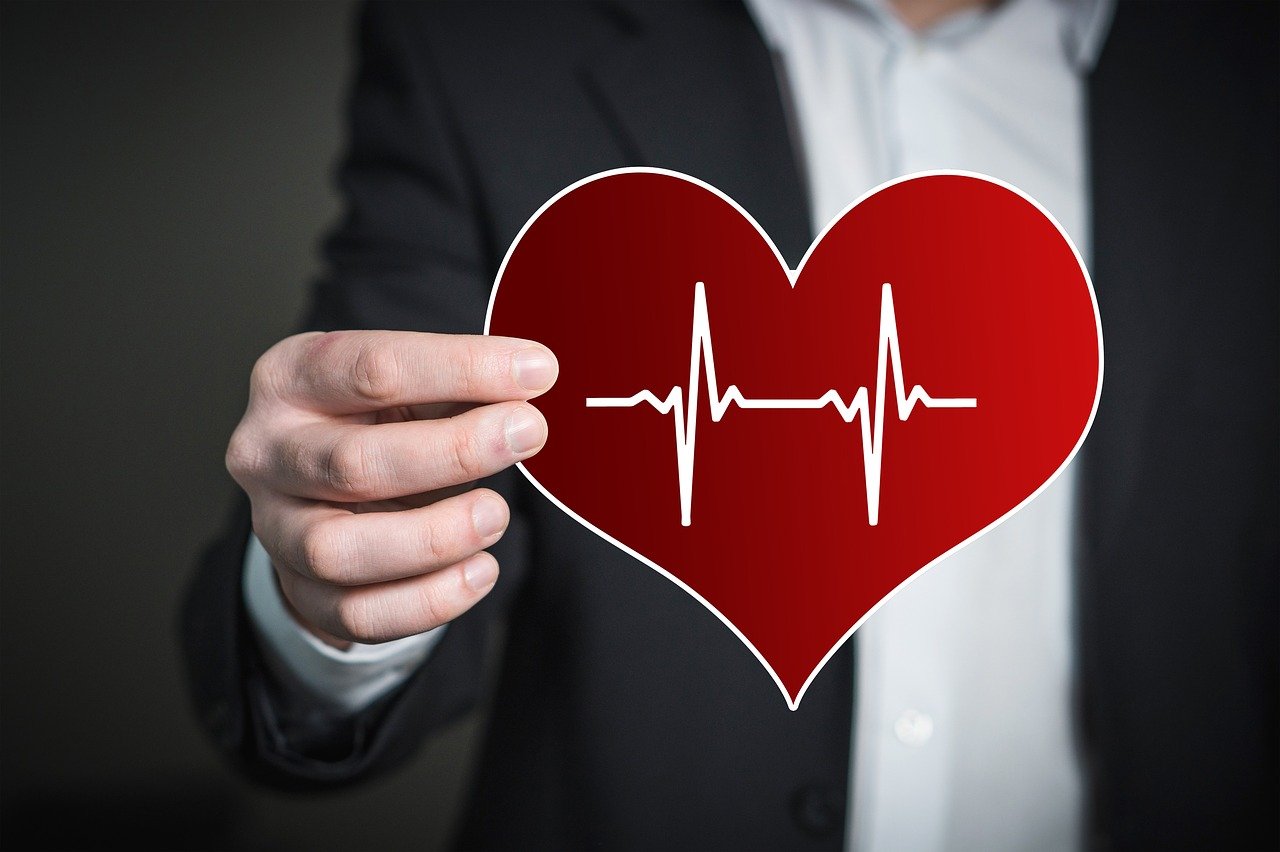
A heart attack causes a lack of full cardiac function. In turn, it results in several dysfunctions that patients must contend with. Patients must reckon with the fact that their previous habits and lifestyle have to change, and a return to full function is not always possible. The effects of a heart attack depend on various factors, including reaction time or the patient's overall condition. Complications after a heart attack![]() include:
include:
The consequences of a heart attack are mostly a reduction in the body's overall condition. The heart muscle that has been damaged works much less well. The most dangerous is an extensive heart attack, the complications of which are serious. The effects of a heart attack are always present.
After each episode, the heart muscle must heal, which can take up to 6 months. However, cardiac rehabilitation![]() is indicated after a heart attack, which should change the patient's habits permanently. If a heart attack occurs, the risk of disease and reinfarction is higher. Therefore, a lifestyle change is needed.
is indicated after a heart attack, which should change the patient's habits permanently. If a heart attack occurs, the risk of disease and reinfarction is higher. Therefore, a lifestyle change is needed.
A personalized education and exercise program called cardiac rehabilitation![]() is recommended for people who have undergone a heart attack. Thus, this program aims to improve individuals' health and reduce the effects of heart attacks. Increasing patients' awareness of healthy lifestyles and providing emotional support helps them return to their former lives and regain fitness.
is recommended for people who have undergone a heart attack. Thus, this program aims to improve individuals' health and reduce the effects of heart attacks. Increasing patients' awareness of healthy lifestyles and providing emotional support helps them return to their former lives and regain fitness.
Cardiac rehabilitation includes exercise in the form of workouts, psychological support, and education about health. With it, the program makes bringing healthy habits into your life easier. The program suggests following a proper diet and quitting smoking. Studies have proven that this rehabilitation reduces the risk of heart problems.
Preventive measures are especially recommended after a heart attack has occurred. Lack of exercise, poor diet, and different unhealthy habits can have long-term consequences. People over forty are particularly vulnerable to heart attack, so they should significantly change to a healthy lifestyle. Prevention can be acquired through cardiac rehabilitation, or you can prepare for it yourself.

Regular physical activity![]() significantly reduces the risk of heart attacks. Incorporating it into your lifestyle is the cornerstone of prevention. Specialists recommend an appropriate type of physical activity selection according to the patient's needs. After surviving a heart attack, the activity must not be too intense. Walking and muscle-strengthening exercises are recommended. Gradually increasing the time spent on physical activity has an additional benefit. It is best to exercise daily or several times a week.
significantly reduces the risk of heart attacks. Incorporating it into your lifestyle is the cornerstone of prevention. Specialists recommend an appropriate type of physical activity selection according to the patient's needs. After surviving a heart attack, the activity must not be too intense. Walking and muscle-strengthening exercises are recommended. Gradually increasing the time spent on physical activity has an additional benefit. It is best to exercise daily or several times a week.
Another way to prevent heart attacks is through a proper diet![]() . No matter your age, it is worthwhile to ensure an appropriate diet for the heart. Nutritionists always recommend eating vegetables and fruits. These foods provide essential ingredients.
. No matter your age, it is worthwhile to ensure an appropriate diet for the heart. Nutritionists always recommend eating vegetables and fruits. These foods provide essential ingredients.
A healthy diet should also include whole-grain products rich in fiber. Sizable amounts of fiber are also found in pulses such as beans and peas. Healthy fats are also crucial for health. These can be found in fish, nuts, and vegetable oils.
On the other hand, we should limit sweets and fast food. A diet that is good for the heart is one in which there are no saturated fats. Also, trans fats are not recommended. Red meat should also be limited. As for the type of diet, the Mediterranean diet is recommended.
Smoking![]() is a very unhealthy habit. It can increase the risk of heart attack. Avoid active and passive smoking if you want to care for your heart. Being among smokers is also dangerous in this case. According to a report by U.S. cardiologists, smokers have a much higher risk of heart disease. The more and longer we smoke, the higher it is the risk of heart attack. Smoking stimulates the development of atherosclerosis within the blood vessels. It is an essential factor associated with heart attack.
is a very unhealthy habit. It can increase the risk of heart attack. Avoid active and passive smoking if you want to care for your heart. Being among smokers is also dangerous in this case. According to a report by U.S. cardiologists, smokers have a much higher risk of heart disease. The more and longer we smoke, the higher it is the risk of heart attack. Smoking stimulates the development of atherosclerosis within the blood vessels. It is an essential factor associated with heart attack.
What affects a heart attack is also stress![]() . Chronic stress is very harmful to the body. Increased heart rate and high blood pressure – it causes long-term stress. The heart, which works faster, also needs more oxygen. When this need is not replenished, hypoxia occurs. It is worth being aware of it and bringing methods to reduce stress. Always start by counteracting the harmful effects of prolonged stress. It is worth seeking advice from a therapist or psychologist. Meditation and breathing exercises are also helpful.
. Chronic stress is very harmful to the body. Increased heart rate and high blood pressure – it causes long-term stress. The heart, which works faster, also needs more oxygen. When this need is not replenished, hypoxia occurs. It is worth being aware of it and bringing methods to reduce stress. Always start by counteracting the harmful effects of prolonged stress. It is worth seeking advice from a therapist or psychologist. Meditation and breathing exercises are also helpful.
Prevention also includes regular examinations. Checking blood sugar![]() and blood pressure
and blood pressure![]() levels will be beneficial. High glucose levels have been linked to heart attacks. People with diabetes are at risk for cardiac problems. High blood pressure also increases the risk. Therefore, it is worth keeping it in mind and keeping these levels regular.
levels will be beneficial. High glucose levels have been linked to heart attacks. People with diabetes are at risk for cardiac problems. High blood pressure also increases the risk. Therefore, it is worth keeping it in mind and keeping these levels regular.
In addition to it, it is worth doing different preventive tests. As we age, metabolism slows down. Therefore, checking cholesterol levels![]() is also the right thing to do. The most significant risk is obesity. Excess weight makes the heart work harder. It increases the risk of heart disease.
is also the right thing to do. The most significant risk is obesity. Excess weight makes the heart work harder. It increases the risk of heart disease.
A heart attack is dangerous. It can end in serious complications or death. It is caused by ischemia of the heart muscle. The development of various diseases (primarily coronary artery disease and atherosclerosis) or an unhealthy lifestyle contributes to a heart attack. A heart attack most often manifests itself as a solid and sudden pain in the chest area.
However, it is worth considering that it can take on uncharacteristic symptoms. Women are a group that, in particular, undergo heart attacks atypically. Women often have abdominal pain and pain in the chest area may be experienced differently.
A heart attack causes changes in the body. This leads to health problems. That's why it's important to change bad habits. Cardiac rehabilitation is recommended to help learn heart-healthy habits. Significant in heart attack prevention is physical activity and a healthy diet. Quitting smoking is also of great importance.
Table of Contents
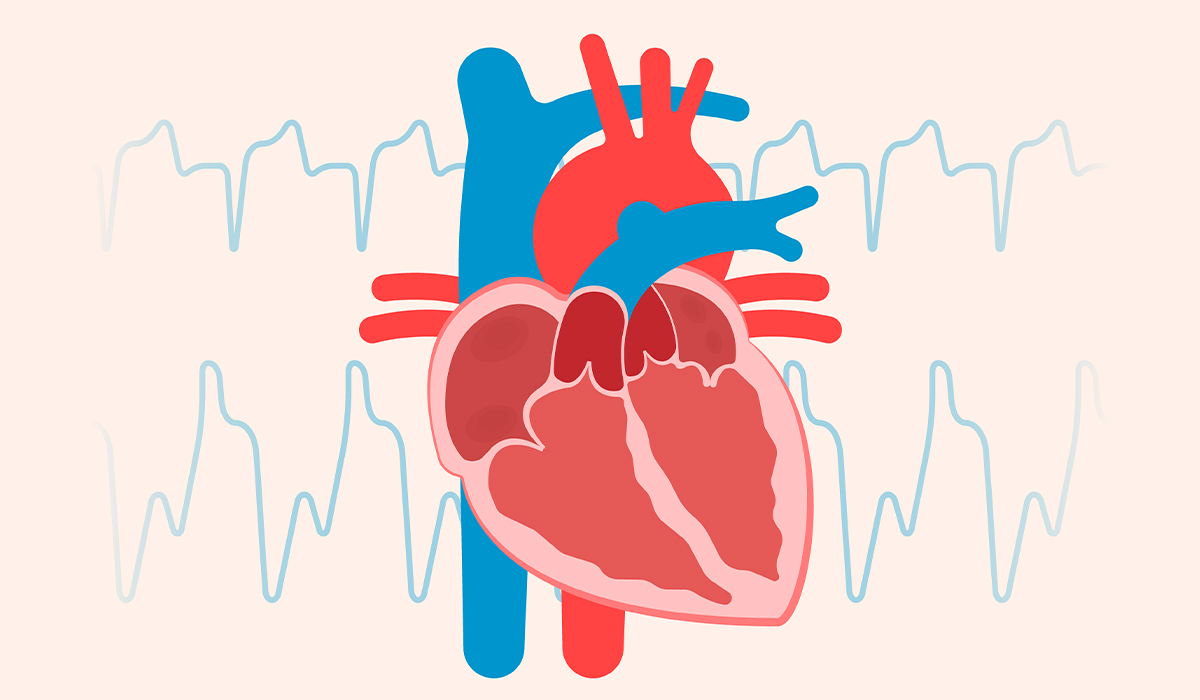
Cardiomyopathy refers to an abnormality in the heart muscle. There are various types and causes of cardiomyopathy. Learn about the… read more »
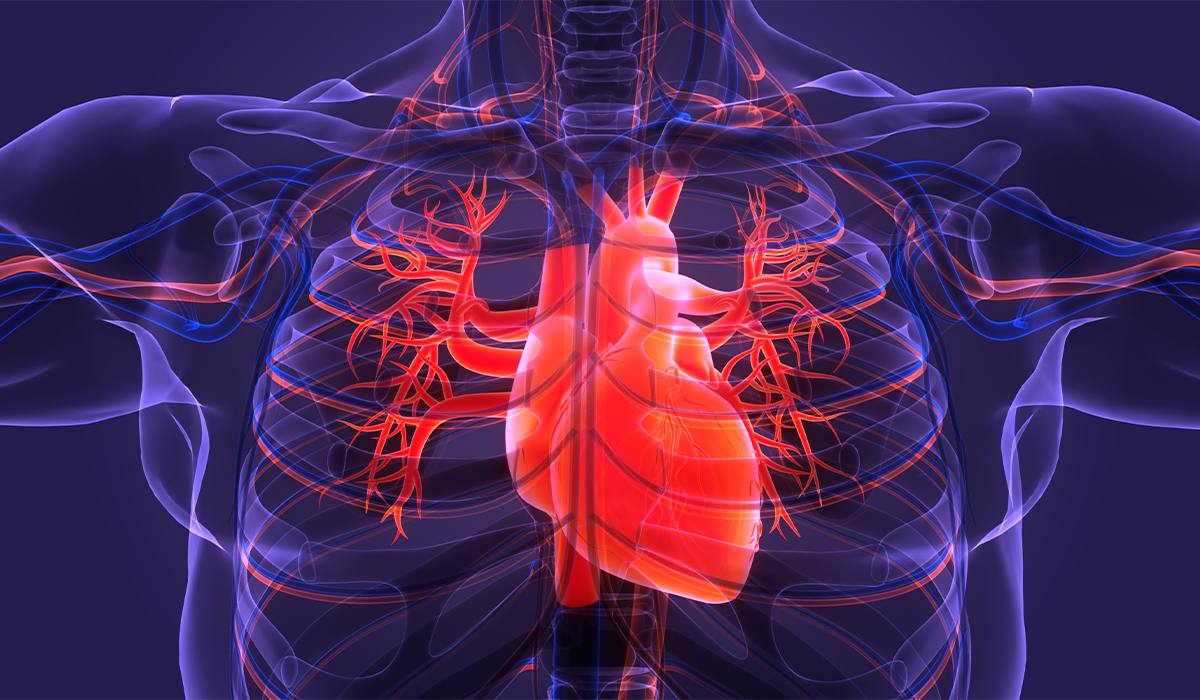
Angina is a disease characterized by paroxysmal chest pain. What are its causes? What is the diagnosis and treatment like? read more »
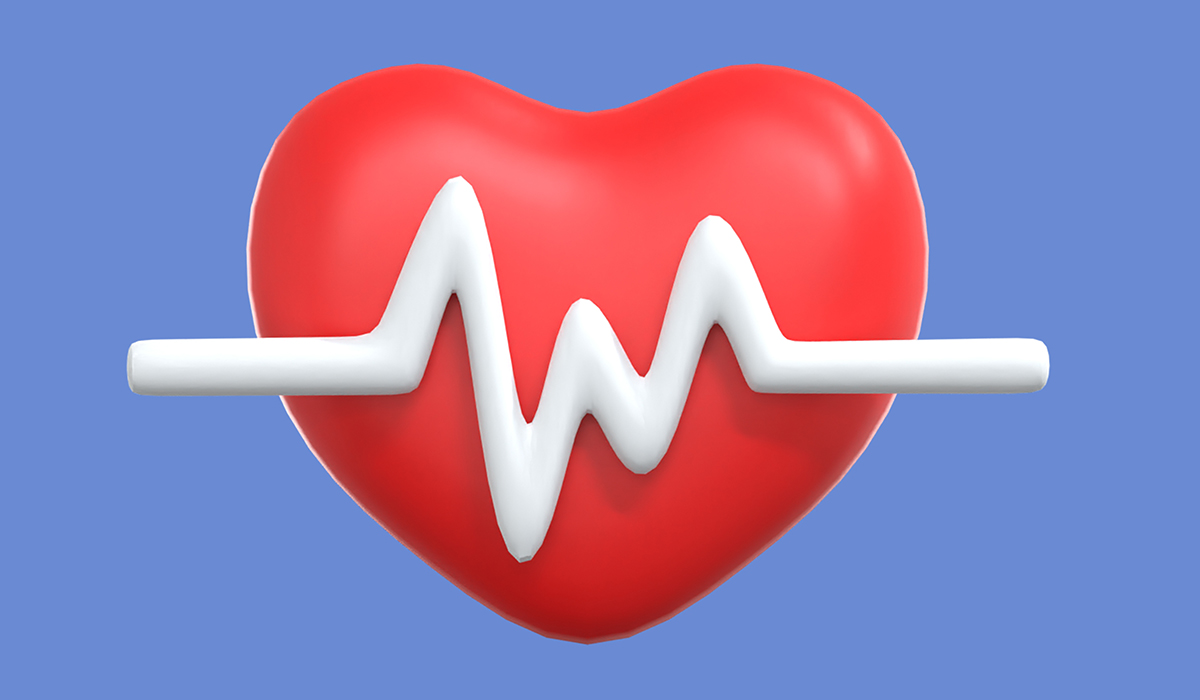
Cardiac arrhythmia is a disease characterized by irregular heartbeats. What are the causes of this disorder? What is the diagnosis… read more »
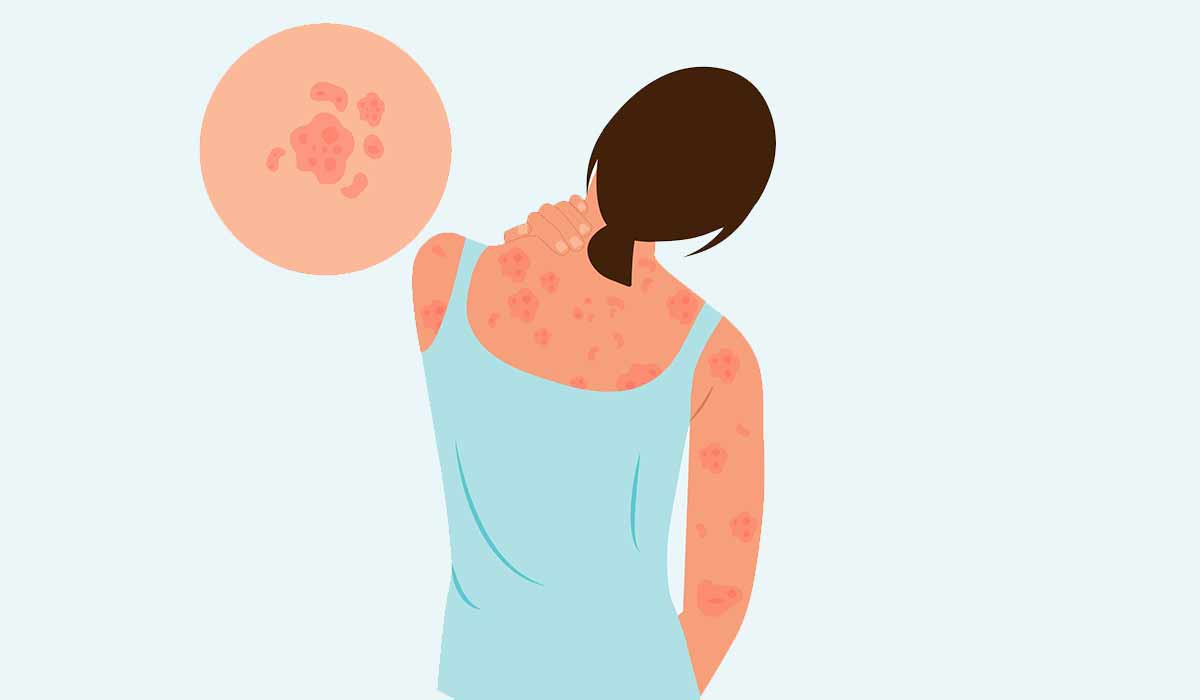
Psoriasis is characterized primarily by skin lesions that result from impaired epidermal regeneration. Learn about all types and signs of… read more »
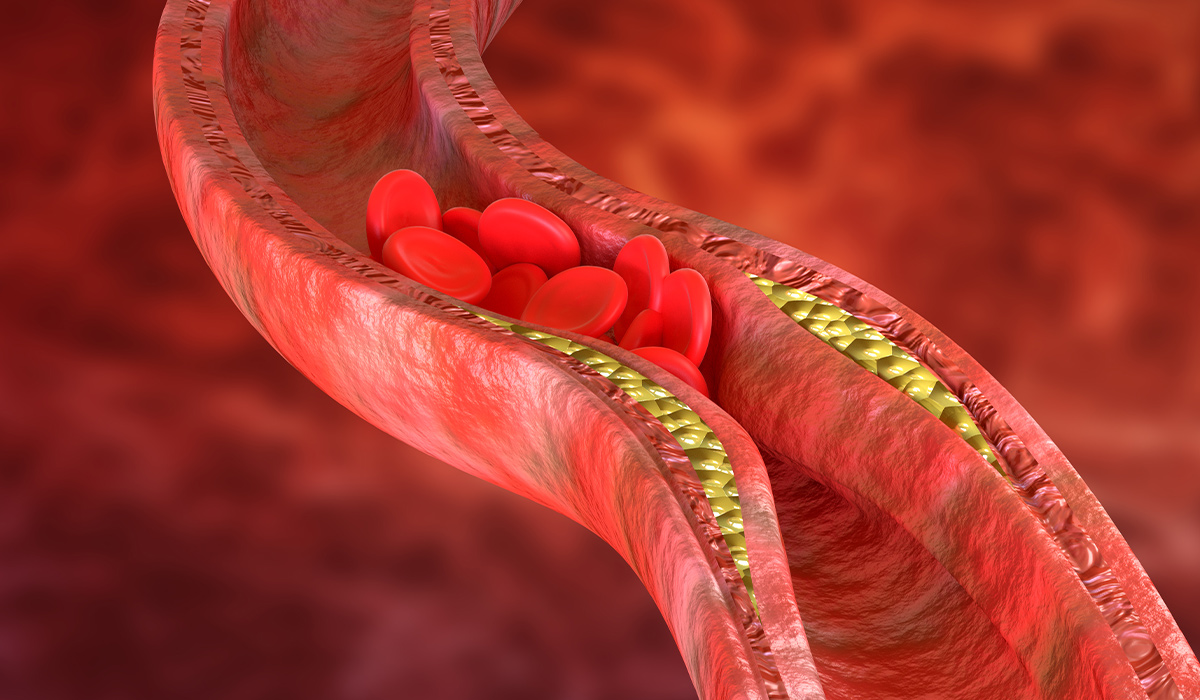
Cholesterol is essential for the human body. But its excess cause various health problems. Find out how to effectively lower… read more »
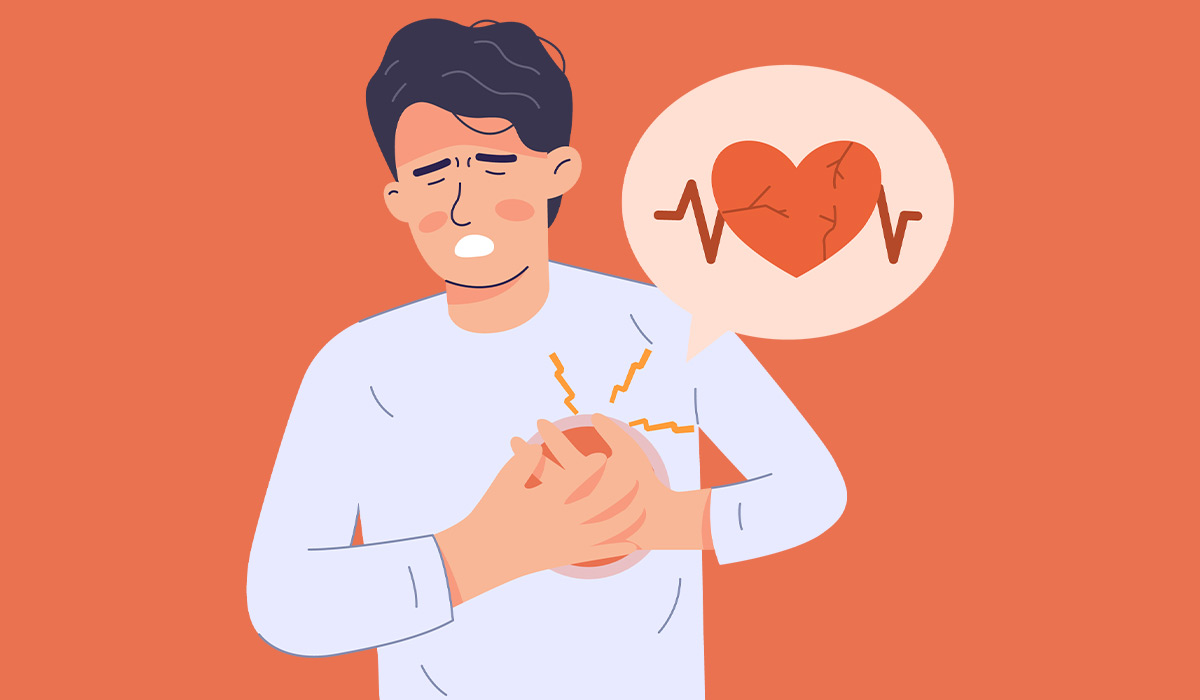
Heart disease can have many causes. There are many factors that increase your risk. Learn more about how you can… read more »

Myocarditis is a disease that reduces the ability of this organ to pump blood. What are the symptoms? What is… read more »
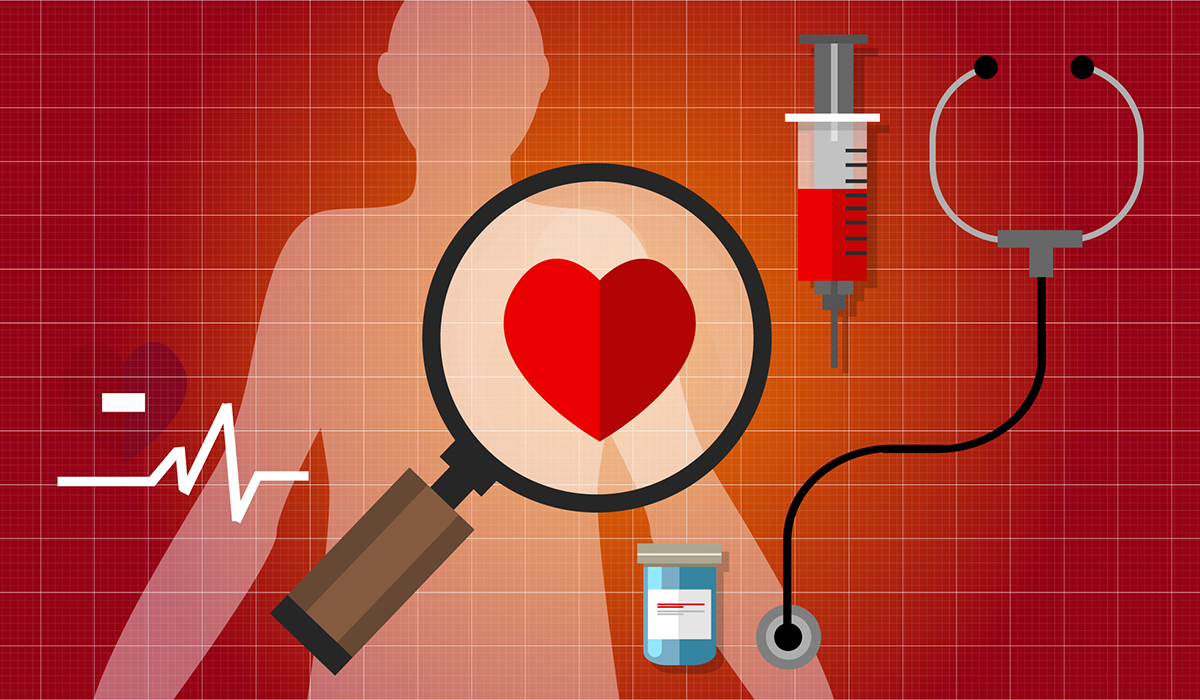
Congestive heart failure is a chronic disease. It occurs when the heart is unable to pump enough blood for the… read more »
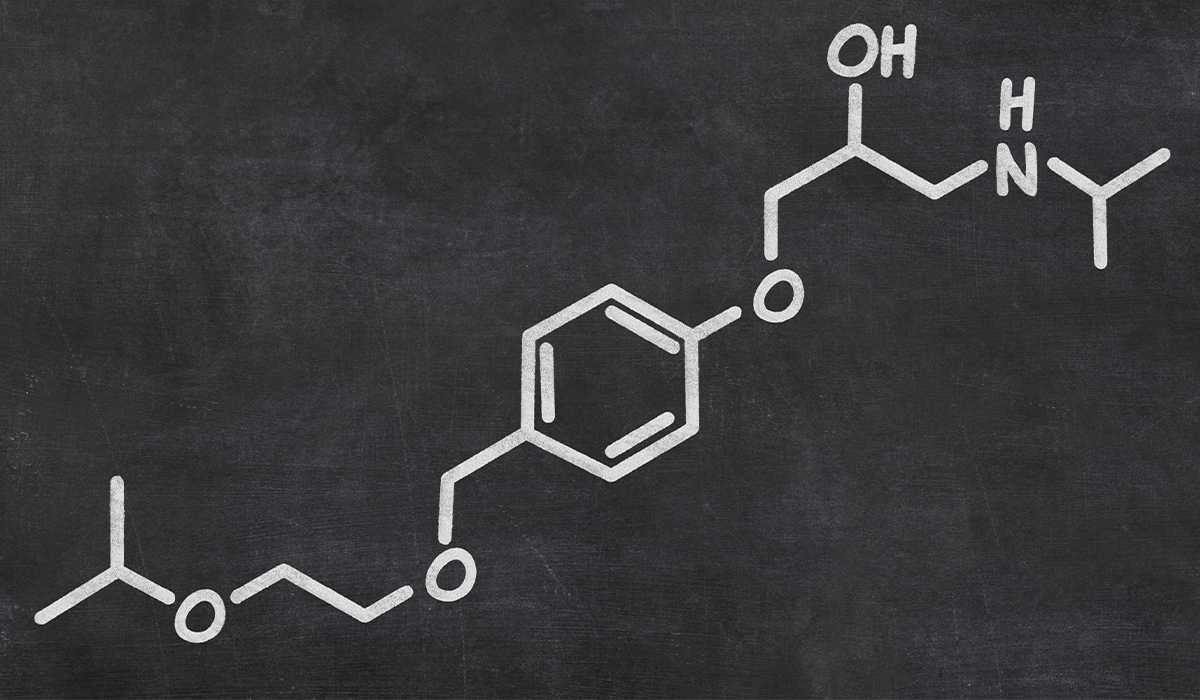
Beta blockers are a class of medications primarily used to manage conditions related to the cardiovascular system. How do they… read more »